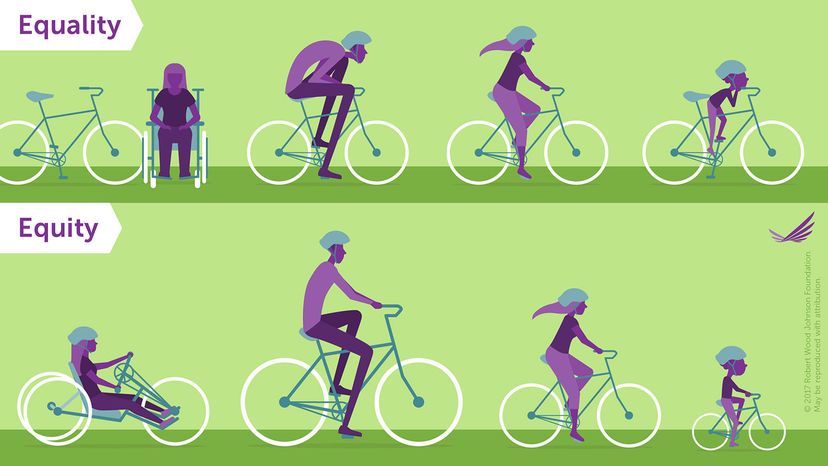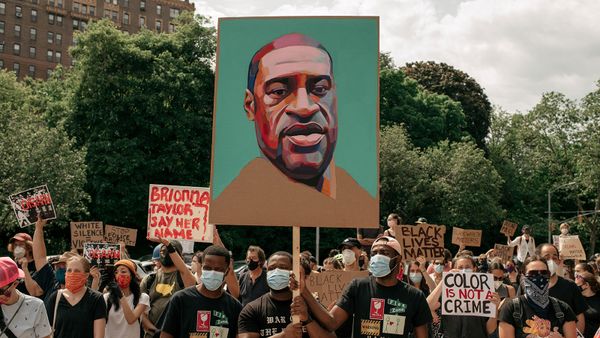When an organization hires a DEI (diversity, equity and inclusion) consultant like Joanna Shoffner Scott, the first step is usually to collect data. The data often reveals patterns that are "predictable by race." For example, the data might show that few, if any, people of color are hired or promoted to executive positions, and even fewer retain those positions.
"The challenge, then — which now becomes the potential for problems — is how that data is interpreted," says Shoffner Scott. Someone could look at the low number of Black executives and conclude that "this group is smarter than that group, when that's not the case at all. There's potential for harm in the meaning applied to data," she says. So how do you build an equitable workplace?
"The reality is that most of our systems were designed to create advantages for people who are white-identified," says Shoffner Scott. "For a lot of people, that's a new realization, and it's uncomfortable. I think underlying most of the pushback against racial equity work is a fear of a loss of privilege. Whatever unearned benefits people are receiving, they want to hold onto them."
Here is a real-life example of an organization that identified racial differences in the way it serves its clients, and how it was able to promote equity.
Shoffner Scott was hired by a fitness-based nonprofit that provides exercise classes and community for new moms. By collecting data on its clients, the fitness organization found that Black moms were attending classes in lower numbers than Latina moms.
The company could have looked at that data and assumed that the Black moms simply weren't as interested in fitness as the Latina moms. But that would ignore key differences between these two communities in terms of access and opportunity to the classes.
Fitness classes were located in a predominantly Latino neighborhood, which meant that it was easier for the Latina moms to walk or ride to classes. Many of the Black moms had to take multiple buses to get to the classes. Since it took more time to travel back and forth from classes, the Black moms had to find sitters for their kids and often returned home late in the evening.
To make access to its classes more equitable, the nonprofit started offering Uber vouchers to shorten travel times to class. They also created a kids' area and provided snacks so that moms could bring their kids and not worry about rushing home to start evening routines.
"Equity work, for this nonprofit, meant thinking about all of the things that could be barriers for folks to participate and then offering solutions for each one," says Shoffner Scott. "That's an equitable offering." The result? A marked increase in participation from Black mothers and, likely, better health outcomes for all participants./\r\n/



